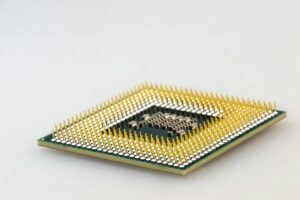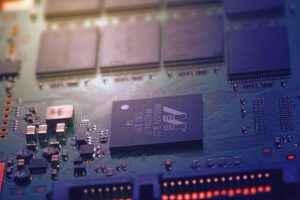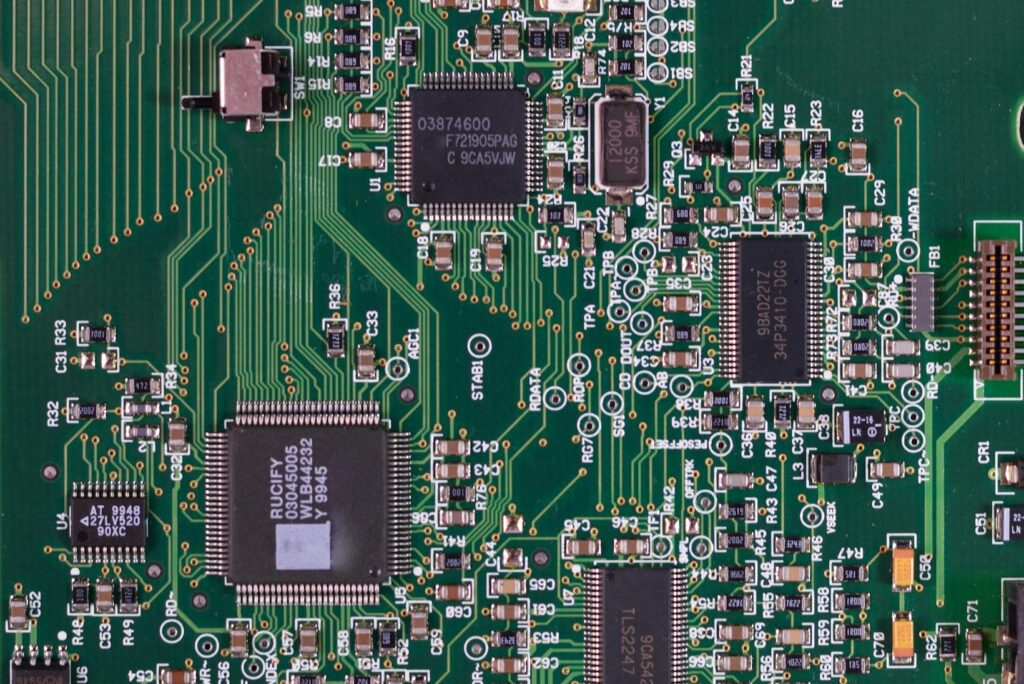In the ever-evolving world of technology, chips and gadgets have become integral to our daily lives. They’re the silent heroes behind our smartphones, laptops, and even our smart homes, making life easier, faster, and more connected. But what exactly are these chips, and how do they power our favorite gadgets?

This article dives into the fascinating world of chips and gadgets, exploring how they work together to revolutionize our digital experience. Whether you’re a tech newbie or a seasoned enthusiast, you’ll find intriguing insights that shed light on the technological marvels we often take for granted. So, let’s embark on this exciting journey to unravel the magic behind the screens.
Chip and Gadget
Venturing deeper into the realm of chips and gadgets, we focus on two core aspects: the evolution of microchips in technology, and remarkable innovations in modern gadgets.
The Evolution of Microchips in Technology
Microchips, the tiny nuggets powering our digital world, have come a long way. The journey began in the late 1950s, with Bell Laboratories introducing the first integrated circuit. The silicon chip could perform functions equivalent to a room-sized computer of that era. From this landmark, there were significant strides in reducing size and escalating efficiencies. In 1971, Intel released the 4004, their first commercial microprocessor. It contained 2,300 transistors, offering calculated capabilities much beyond its predecessors.

Fast-forward seven generations, to the advanced 10nm (nanometer) chips, and we’re now dealing with billions of transistors. Moore’s Law predicted this speedy evolution – chip performance would double every two years. Graphically, considering the complexity of transistors in integrated circuits over the years, one can see the accuracy of this prediction. However, we’re now challenging the physical limitations of silicon, pushing R&D teams to seek innovative alternatives.
Key Innovations in Modern Gadgets
Recent years illuminated the gadget revolution with impressive innovations. A significant one is Augmented Reality (AR), enhancing users’ perception of their environment. Examples of AR gadgets include Microsoft’s HoloLens and Google’s AR glasses, blending digital elements with the physical world.
Another groundbreaking innovation is IoT (Internet of Things) enabled devices. These include smart home appliances that can communicate and collaborate, offering unparalleled convenience. For instance, a fridge keeping track of its contents or a washing machine adjusting its cycle based on garment tags.

The drones market’s boom is another feat worth noting. No longer a mere hobbyist’s plaything, drones now serve numerous applications, from delivering medical supplies to aiding in surveillance. The DJI Phantom 4, known for its advanced obstacle evasion technology and high-resolution camera, exemplifies this industry’s progress.
These insights into microchips and gadgets shed light on not only current tech but also future trends. Through continuous innovation, we can anticipate a time where technology will redefine the boundaries of our everyday activities.
How Chips and Gadgets are Transforming Our Lives
Chips and gadgets significantly influence various spheres of human life. The impacts, ranging from improvements in consumer electronics to advancements in the healthcare and automotive industries are sweeping.
Impact on Everyday Consumer Electronics

Everyday electronics dominate modern life. Chips serve as the spine for everything from smartphones to smart TVs. For instance, Apple’s A-series chips power iPhones, offering superior performance and energy efficiency. Wi-Fi-enabled appliances such as smart refrigerators that integrate with Amazon’s Alexa, operate by chips. Notably, it’s chips that facilitate AR devices and drones’ operations, completely transforming how individuals interact with technology. In consumer electronics, chips and gadgets prove instrumental in shaping a connected and highly efficient digital society.
The Breakthroughs
There’s no denying the pivotal role chips and gadgets play in our daily lives. They’re at the heart of our beloved devices, driving innovations that once seemed like pure science fiction. From AR devices and IoT appliances to drones, these powerful components are transforming our world. Giants like Intel, Samsung, and Apple are leading the charge, but they’re not alone. Startups are emerging, disrupting the market and pushing the boundaries of what’s possible.



